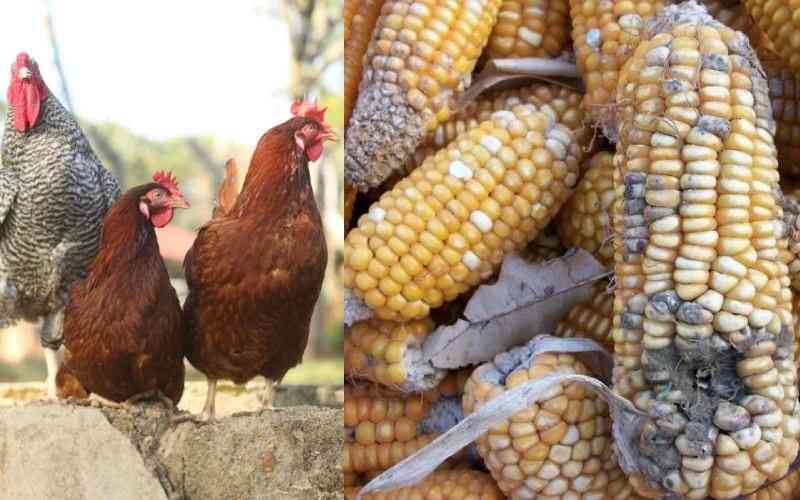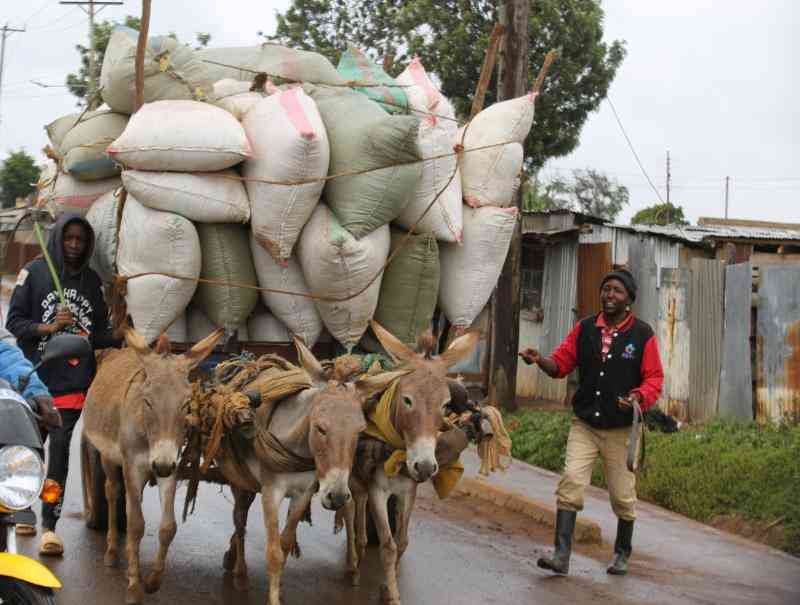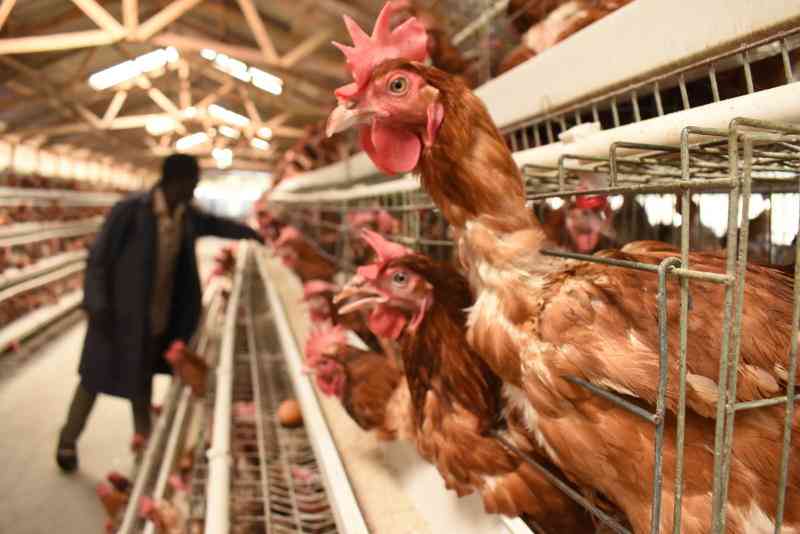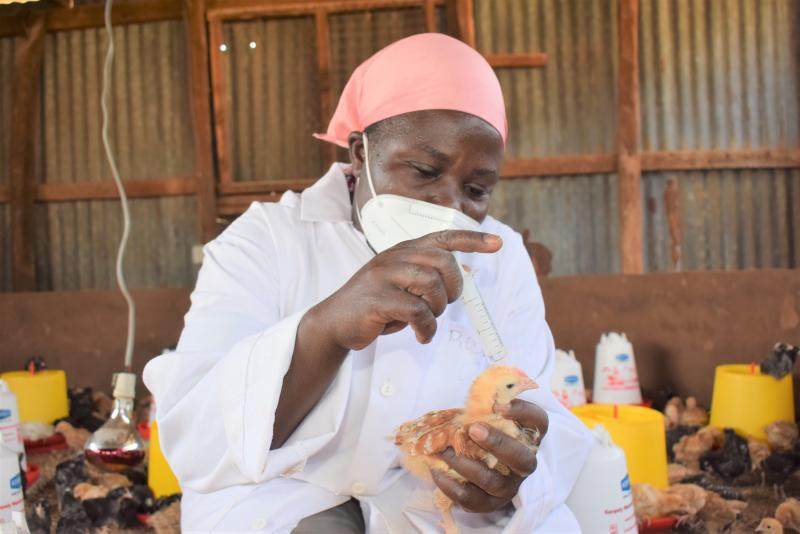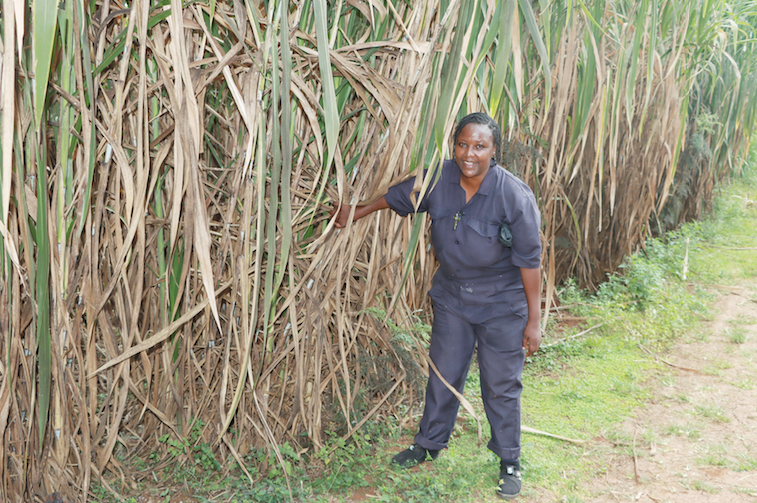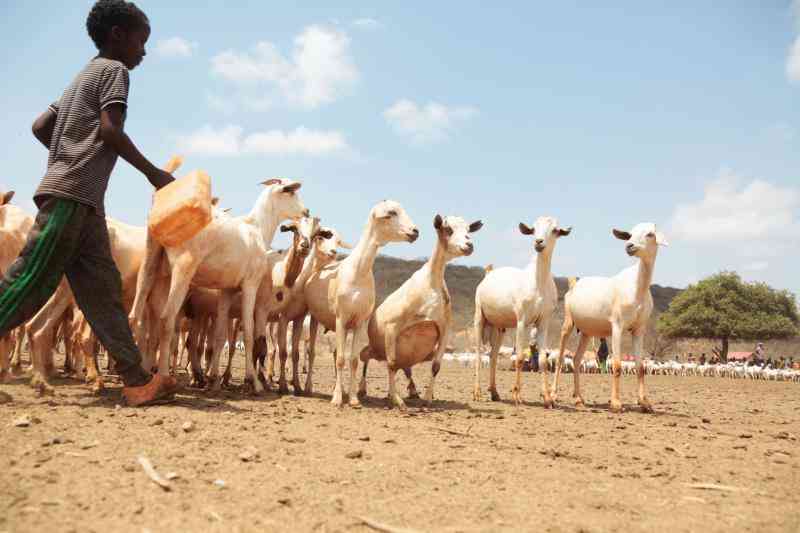
In some poultry-rearing regions, temperatures can be sweltering, making poultry farming challenging.
Poultry farmers in these areas face high production costs and increasing competition from lower-cost imports.
Chickens in hot climates suffer significantly. During the hottest part of the day, birds require extra help to cope with the high temperatures. They will move away from each other to cooler surfaces in the units, spread their wings, pant more, and squat on the floor.
The birds will eat less, drink more water, and urinate more, making their droppings wet. Their breathing rate increases to up to 250 breaths per minute. All of this is done to keep their bodies cool. If no action is taken to address the situation, the overall performance of the birds will decline. Here are some interventions that can help farmers cope with high temperatures.
Ensure your birds are housed in open-sided units with side curtains made from gunny bags. House temperatures can be regulated by raising or lowering the curtains, allowing for air exchange between the house and the outside. Always maintain minimum ventilation to prevent chicks from suffocating. Proper curtain management is fundamental to maintaining a healthy flock throughout production. Good ventilation management will also ensure minimal temperature fluctuations.
House orientation is key to maintaining flock comfort in hot climates. Have you noticed that most poultry houses are rectangular? Rectangular structures are generally the best. For optimal results, the length of the unit should not exceed 60 meters, and the width should not be more than 10 meters. I strongly advise constructing the house on an east-west orientation to minimize direct sunlight entering the units in the morning and afternoon.
The choice of roofing material is also critical in hot and humid conditions. For farmers in these areas, using iron sheets for roofing can be punishing for any type of poultry. It is highly recommended to use roofing materials with good insulation capabilities that can reduce the heat from the sun, such as grass, straw, makuti, or sisal. These materials can even be placed on top of the iron sheets.
If you’ve already used iron sheets, a good coat of white paint on the outside can help reflect sunlight and keep the house cooler. It’s advisable to finish the roofing with a good overhang, which should be extended to prevent direct sunlight from hitting the birds on the open sides. Additionally, allowing a ridge at the top of the roof creates narrow outlets for hot air to escape. Avoid flat roofs if possible, as they tend to trap warm, humid air around the birds, making it difficult to ventilate. A high roof of 8–9 feet above the ground is ideal, as it minimizes temperatures at the chicks’ level.
In extremely hot environments, you may use vertical fans mounted in the middle of the unit. These fans create horizontal air movement, providing a cooling effect for the birds. Foggers can also be fitted to the fans, equipped with narrow water nozzles. These nozzles can spray a mist of clean water over the chickens, but make sure the litter or feed doesn’t get wet.
Planting bushes, trees, or hedges around the farm can provide shade for the units. However, you must be careful to remove any wild bird nests that may invade these trees and pose a biosecurity threat to your birds.
Finally, it’s important to maintain a low stocking density. While farmers may want to maximise the utility of their units, it is prudent to reduce the stocking density during hot weather. This will create more feeding and drinking space and allow heat to dissipate more quickly between adjacent birds. For broilers, never exceed 17 birds per square meter in open-sided units, and for layers, keep the density at 500 cm² per hen.
 The Standard Group Plc is a multi-media organization with investments in media platforms spanning newspaper print
operations, television, radio broadcasting, digital and online services. The Standard Group is recognized as a
leading multi-media house in Kenya with a key influence in matters of national and international interest.
The Standard Group Plc is a multi-media organization with investments in media platforms spanning newspaper print
operations, television, radio broadcasting, digital and online services. The Standard Group is recognized as a
leading multi-media house in Kenya with a key influence in matters of national and international interest.

